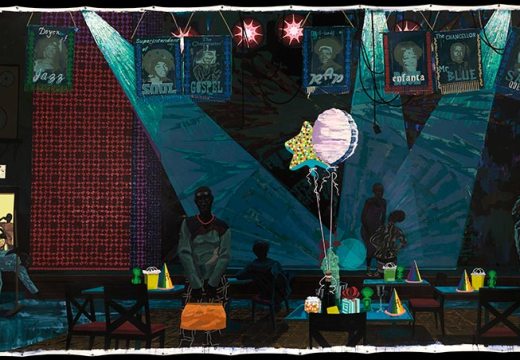This week, the third part of a new series, Rebel Architecture: Building a Better World is to be broadcast on Al Jazeera English. The series follows six architects in developing, troubled or disaster-struck regions of the world, all of whom are working on projects that present a solution to critical living situations. The first episode, which aired on 18 August, focused on Seville, looking at the desolate nature of the state architectural projects: Santiago Cirugeda, an architect unwilling to wait for the town’s ruined half-finished buildings to rot, is keen to reclaim urban spaces for the public. From here, the series producer travels to the Sindh region of Pakistan to meet Pakistani architect Yasmeen Lari. This area, flood-stricken and prone to earthquakes, is crowded with the victims of natural disasters. Lari has adapted local techniques and materials to rebuild local villages – demonstrating the role of architecture in humanitarian aid. And this week the series looks at Eyal Weisman and his architectural involvement and observations in Gaza, before future episodes travel to Vietnam, Nigeria, and Rio.
Navigating loopholes in the law, and often downright ignoring them, these architects have sought to employ their skills and knowledge to address social needs. Sustainability has been a central concern to architects and designers for decades, but series creator Daniel Davies asserts that modern architecture, and architects seeking to make a name have consistently overlooked the places where their skills could have made the biggest impression – buildings for the people, for safe places to live, or for a stronger community. For Davies, the grand impressive structures recognisable in the contemporary urban landscape are merely ‘Starchitecture’. The so-called ‘Rebel Architects’ he follows have shunned Starchitect careers and gone beyond the call for sustainable building. Using local materials and defying laws that have held back development or aggravated housing problems, each project followed highlights the community-based aspects of architecture and the potential of buildings to solve humanitarian problems, and prove that change is possible.
Al Jazeera is renowned for its controversial reports; this series is no exception. In exposing the fantastic work taken on by ambitious and innovative designers, it is not afraid of highlighting those that have failed to act or stood in their path. Nor does it shy away from extreme situations. This week’s episode – perhaps the most provocative in the series – ventures to the Gaza strip, to reveal the architecture of warfare. Looking at the scarred buildings that bear witness to the strife, and the new-builds that represent an ongoing conflict, Eyal Weisman reveals the constricting ties that bind politics, violence, human rights and the built environment.
Next week, the series turns to cities in Vietnam – how cramped conditions have dealt, or failed to deal, with the population explosion, and one architect’s goals to insert some green life into urban spaces, and provide environmentally and economically sound solutions to current tribulations. Rebel Architecture looks set to keep challenging how we view the role of the architect today.
The first three episodes are now available to watch online here.
Unlimited access from just $16 every 3 months
Subscribe to get unlimited and exclusive access to the top art stories, interviews and exhibition reviews.














![Masterpiece [Re]discovery 2022. Photo: Ben Fisher Photography, courtesy of Masterpiece London](http://zephr.apollo-magazine.com/wp-content/uploads/2022/07/MPL2022_4263.jpg)
The threat to Sudan’s cultural heritage